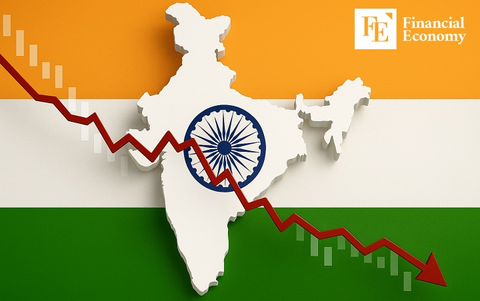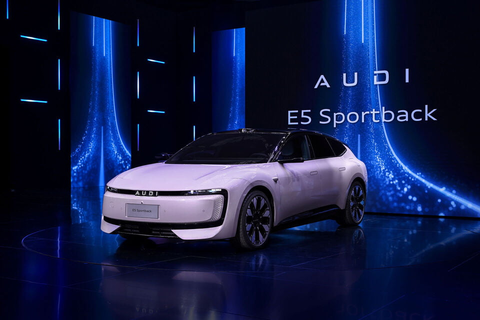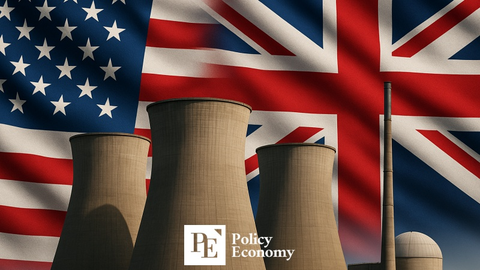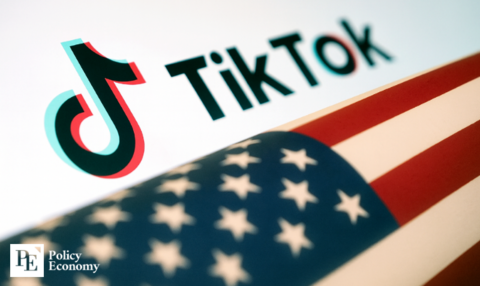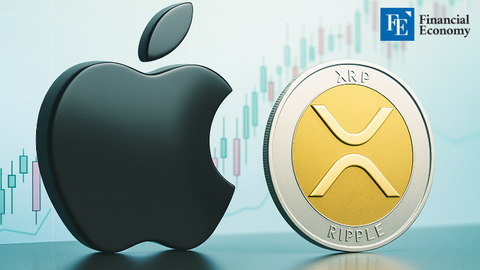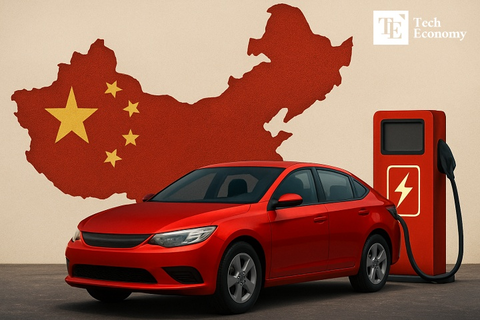Trump’s USD 550 Billion Japan Deal Faces Uncertainty Over Strategic Priorities
Input
Modified
A pledge is uncertain. Japan’s priorities do not always align with those of Trump. USD 550 billion may not go where America expects.
In the swirl of post-summit declarations and high-stakes trade commitments, former President Donald Trump announced a headline-grabbing figure: Japan would be investing $550 billion in the United States' economy at his direction. But behind the theatrics, the deal is far from secure. Japanese officials and analysts alike are treating the pledge with caution, signaling that Tokyo’s priorities might steer this investment in directions that the U.S. administration did not anticipate. As with other massive deals Trump has touted, including Europe’s USD 700 billion and South Korea’s USD 400 billion, Japan’s contribution is unlikely to be unconditional or immediate. Instead, strategic interests, domestic pressures, and geopolitical calculations are expected to shape what the USD 550 billion ultimately funds.
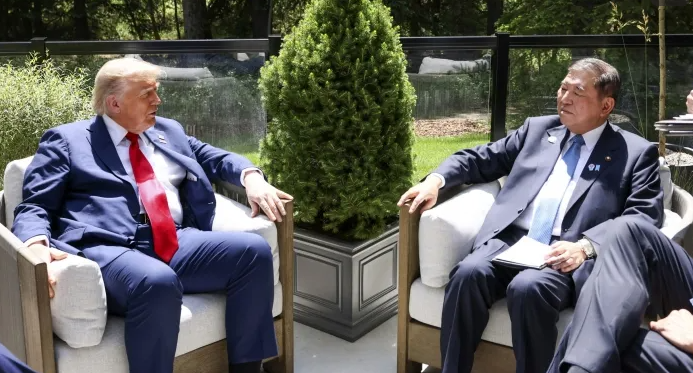
Japan’s Strategic Autonomy Over U.S. Direction
The initial announcement from Trump implied that Japan was following Washington’s orders. “At my direction,” he emphasized, suggesting that Tokyo was placing blind faith in U.S. priorities. But statements from Japan and reporting by PBS contradict that claim. Japanese officials have not confirmed the full amount or indicated that it would be handed over as a blank check for U.S.-defined spending.
Japan is not in the habit of making large-scale foreign investments without calculated national benefit. While it is true that Japanese automakers, such as Toyota, Honda, and Nissan, have expanded their production facilities in the U.S., that’s a business decision, not a political concession. It’s also no guarantee that they will be the direct beneficiaries of the new funds, even if Japan wants to keep those resources close to home.
According to Japanese economic planners, the country prefers investing through existing corporate channels, such as its own automakers, technology partners, or semiconductor firms. If the U.S. tries to steer this money toward unrelated industries, especially those Japan deems unproductive or politically risky, it could create hesitation or outright resistance.
Another complication is the role of Taiwan. The U.S. may see channeling some of the money into Taiwanese semiconductor giants like TSMC as a win for allied supply chain independence. Still, for Japan, even indirect support to Taiwan must be jointly planned with Tokyo’s consent. Without such coordination, the Japanese government may delay or revise its investment timeline. Strategic autonomy remains central to Tokyo’s decision-making, and Trump’s announcement seems to have skipped that consideration entirely.
Trade Imbalances and Cultural Realities
Trump has framed the Japanese investment as a potential fix for decades of uneven trade. But his vision for balancing that relationship is not necessarily grounded in reality. One recurring argument from the Trump camp is that Japanese consumers will start buying American cars in greater numbers. Yet that notion runs counter to long-standing market behavior.
The Guardian reports that, despite numerous attempts to penetrate the Japanese auto market, American car brands account for only a tiny sliver of domestic sales. Cultural preferences, city infrastructure, and strong brand loyalty to domestic automakers keep demand for foreign models low. Even with lower tariffs or political nudging, Japanese drivers are unlikely to switch from Toyotas to Chevrolets or Fords.
This means any gains in trade balance will need to come from elsewhere. Japanese companies may ramp up production within the U.S. or channel funding toward mutually beneficial infrastructure projects, but these are slower and more bureaucratic endeavors. The narrative of instant economic windfalls is politically convenient but economically unrealistic.
Japan is also navigating its challenges. With tensions in East Asia rising, Tokyo is prioritizing defense. Recent increases in its defense budget and procurement plans indicate that a significant portion of its discretionary spending is being allocated toward military upgrades, rather than foreign economic development. This includes naval enhancements, missile systems, and technology to counter potential threats from China and North Korea.
If Trump pushes for Japanese investment to focus solely on commercial ventures, it may clash with Tokyo’s current focus on national security. Japan might prefer that portions of the USD 550 billion be channeled into military-industrial collaboration, such as joint technology development or co-manufacturing of defense systems. These interests may not align with what the U.S. considers high-priority sectors, potentially causing tension over the allocation of funds.
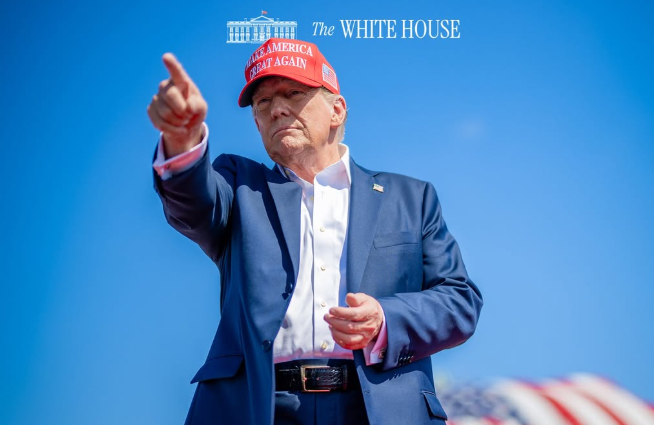
The Security Link: Fighter Deals and Strategic Leverage
The geopolitical implications of this deal cannot be overstated. In parallel to the USD 550 billion investment narrative, Trump reportedly offered Japan access to the sixth-generation fighter jet, the F-47. While the offer sounds appealing, it comes with significant strategic strings attached. Japan would not only need to co-develop or purchase the aircraft, but also align its military trajectory closely with U.S. defense policy.
Defense industry sources cited by The War Zone suggest that Tokyo may be wary of relying too heavily on U.S. military platforms. Japan has already invested in developing its advanced fighters in partnership with the UK and Italy under the Global Combat Air Programme (GCAP). While U.S. collaboration would enhance capabilities, it could dilute Japan’s long-term goal of defense independence.
If Japan perceives that the Trump administration intends to leverage the fighter offer as a political reward for economic cooperation, it could lead to diplomatic friction. Investment and defense procurement are handled separately in Tokyo, and bundling them together risks undermining both.
Moreover, if Japan's military industry receives a slice of the USD 550 billion, then civilian sectors like automotive, AI, or semiconductors may see less benefit. That internal competition for funds further complicates any narrative that assumes Japan is simply pouring resources into the American economy as instructed.
The broader trend is that countries, including Japan, are willing to engage economically with the U.S. but only on their terms. Trump’s rhetoric often frames these deals as unequivocal wins, but execution is what counts. Without a precise mechanism for managing the investments and aligning interests, the numbers lose their meaning.
Complicating matters further, similar situations are unfolding with Europe’s USD 700 billion commitment and South Korea’s expected USD 400 billion pledge. Both are seen as victories for Trump on paper, but like Japan, these partners have different definitions of success. South Korea may prioritize green energy, while Europe may focus on digital infrastructure. The expectation that all allied investments will reinforce U.S.-defined priorities overlooks how today’s alliances function.
In each case, governments are looking to protect their interests, domestically and regionally. Investment decisions, especially those of this magnitude, must undergo legislative scrutiny, bureaucratic vetting, and private sector evaluation. That means delays, renegotiations, and possible reductions in scope are likely to occur.
Trump’s show of diplomatic influence may have achieved headlines, but actual deployment of these funds will hinge on the practical realities of policymaking in Tokyo, Brussels, and Seoul. If the United States wants to truly benefit from these partnerships, it must be willing to cooperate and compromise rather than dictate.



